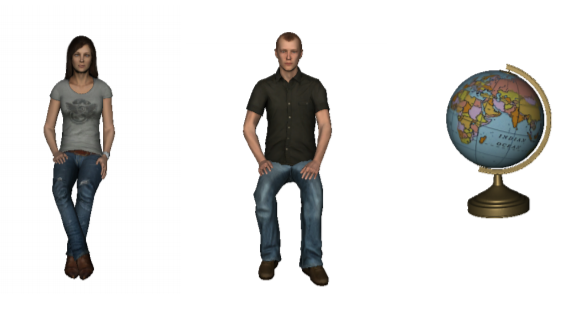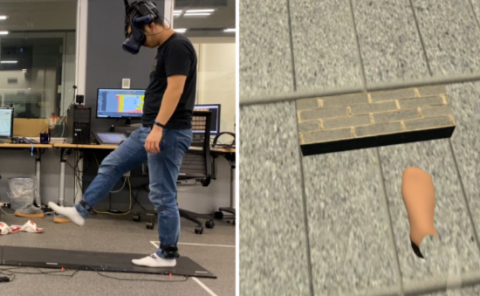Effects of Behavioral and Anthropomorphic Realism on Social Influence with Virtual Humans in AR
PubDate: May 2009
Teams: Stanford University
Writers: Jun, H. & Bailenson, J. N.
PDF: Effects of Behavioral and Anthropomorphic Realism on Social Influence with Virtual Humans in AR

Abstract
While many applications in AR will display embodied agents in scenes, there is little research examining the social influence of these AR renderings. In this experiment, we manipulated the behavioral and anthropomorphic realism of an embodied agent. Participants wore an AR headset and walked a path specified by four virtual cubes, designed to bring them close to either humans or objects rendered in AR. In addition there was a control condition with no virtual objects in the room. Participants were then asked to choose between two physical chairs to sit on—one with a virtual human or object on it, or one without any. We examined the interpersonal distance between participants and rendered objects, physical seat choice, body rotation direction while choosing a seat, and social presence ratings. For interpersonal distance, there was an effect of anthropomorphic realism but not behavioral realism—participants left more space for human-shaped objects than for non-human objects, regardless of how real the human behaved. There were no significant differences in seat choice and rotation direction. Social presence ratings were higher for agents high in both behavioral and anthropomorphic realism than for other conditions. We discuss implications for the social influence theory and for the design of AR systems.



